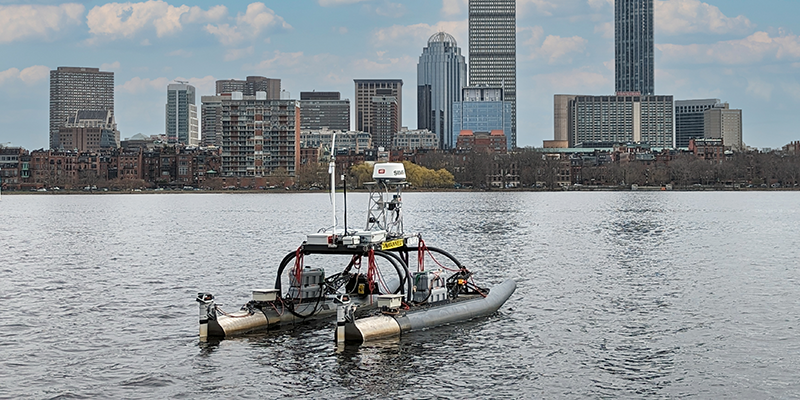Image credit: Mike Benjamin
Aurora Flight Sciences, a Boeing company, is advancing its “Fast Adaptation and Learning for Control Online” (FALCON) control architecture for Phase 1 of DARPA’s Learning Introspective Control (LINC) program. The control architecture enables vehicles, in this case uncrewed surface vessels, to adapt their control laws in real time and maintain safe operation in unpredicted conditions.
Aurora, teamed with the Massachusetts Institute of Technology (MIT) Aerospace Controls Laboratory (ACL) and the MIT Marine Autonomy Laboratory (PavLab), had been testing its adaptive control architecture on 1.5-meter-long, uncrewed surface vessels (USV). Moving into Phase 1 of the LINC program, the team is now testing on a larger, 5-meter-long (16 ft) USV.
The team is focused on testing various simulated scenarios. For example, in a relative station keeping scenario, the adaptive control system works to maintain a consistent location relative to another vessel to allow the delivery of items from one vessel to the next, also known as underway replenishment (UNREP). In each scenario, the USV, with Aurora’s adaptive control technology, must successfully complete the mission while overcoming disturbances such as wind loading, thruster failure, and Venturi effects. The program also aims to improve on-board crane stabilization for safer and more precise crane operations at sea.
When the control system adapts its control laws in real time, and in unpredicted conditions, the vessel acts more reliably, which builds trust with human operators and improves the performance of the human-machine team. Adaptive control algorithms continuously improve performance and safety, without the long-lead times and system updates of conventional control systems.
As part of Phase 1, the Aurora and MIT team will perform at four DARPA LINC demonstration events, one approximately every six months, beginning later this year. Sandia National Laboratories is supporting the test events for LINC, providing opportunities for collaboration on test definition, metrics, and infrastructure.
“Collaboration between experts at DARPA, Sandia, MIT, and the Navy has propelled development forward,” said Graham Drozeski, chief technology officer at Aurora Flight Sciences. “Together, we are advancing technology that can increase efficiency and safety of operations for land, air, and sea vehicles.”
The team has already begun testing on the Charles River in Boston, Massachusetts in preparation for the first Phase 1 demonstration. Looking farther ahead, the team plans to continue to advance to larger test platforms, such as a 24-ft, manned vessel.
DISTRIBUTION STATEMENT A. Approved for public release. Distribution is unlimited.
ABOUT AURORA FLIGHT SCIENCES
Aurora Flight Sciences, a Boeing Company, advances the future of flight by developing and applying innovations across aircraft configurations, autonomous systems, propulsion technologies, and manufacturing processes. With a passionate and agile team, Aurora delivers solutions to its customers’ toughest challenges while meeting high standards of safety and quality. Learn more at www.aurora.aero
# # #
Contact:
communications@aurora.aero


